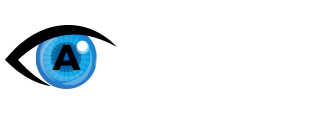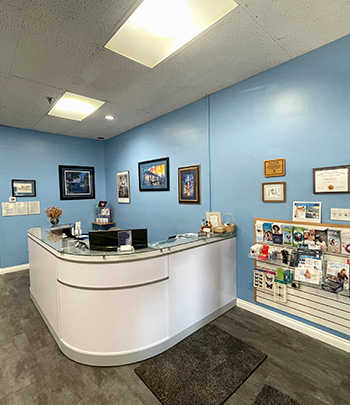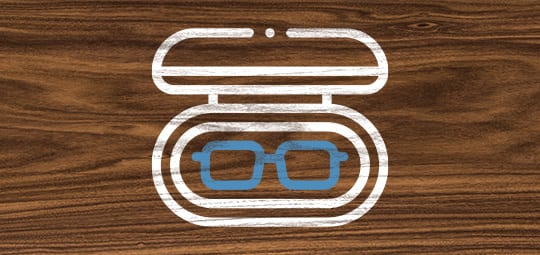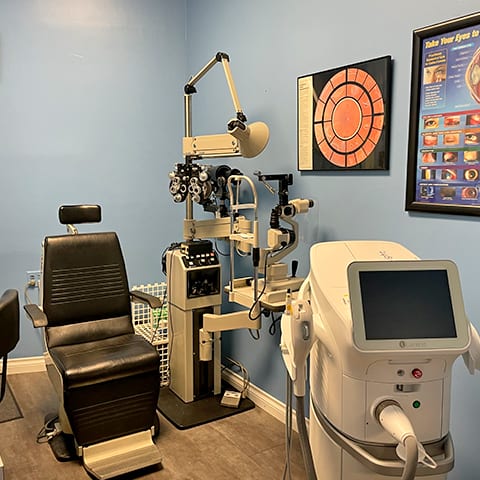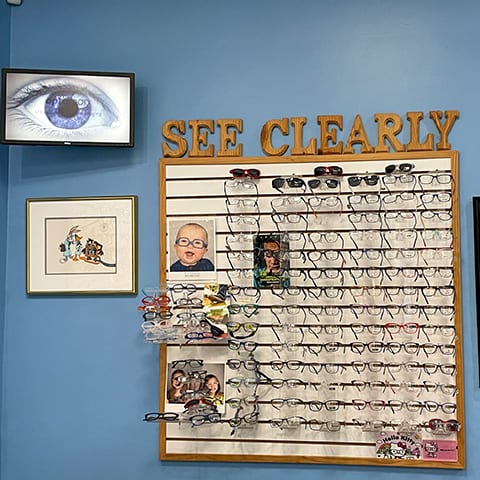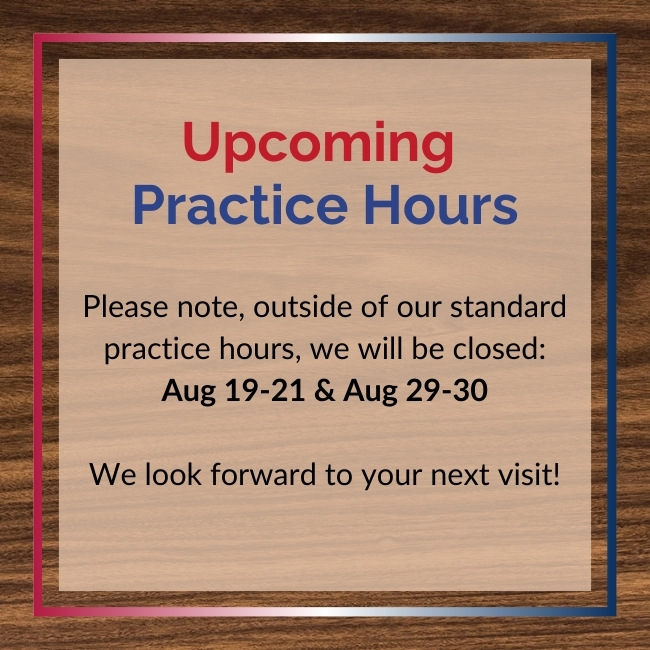Your Partners in Myopia Control
Blurred distance vision can profoundly impact academic success, social interactions, self-confidence, and overall eye health. We understand the concerns parents have about their children’s eyesight. We are here to offer myopia control options to help slow the progression of myopia, with the goal of keeping your child’s eyesight healthy for years to come.
Book OnlineWhat Is Myopia?
Myopia, commonly known as nearsightedness, is a condition where distant objects appear blurry while close-up objects remain clear. It affects a significant portion of the population, often starting in childhood and continuing into adolescence. Fortunately, several myopia control options have been developed, many of which we use at our clinic today.
What Is High Myopia?
High myopia poses significant risks to eye health, as it is associated with several sight-threatening and otherwise problematic conditions like the following:
Even a slight control of myopia progression in childhood can significantly reduce the risk of developing high myopia in the future.
Managing Myopia & Correcting Vision
While myopia cannot be reversed, its progression can be slowed. Our approach focuses on recommending myopia control methods that slow the progression of myopia and simultaneously correct blurry vision.
We understand that each child has a unique lifestyle, and our recommendations are tailored to their specific needs, promoting both short-term comfort and long-term eye health.
MiSight Contact Lenses
MiSight contact lenses are an excellent option for myopia control and can effectively slow down the progression of nearsightedness. These daily disposable lenses are easy to handle and don’t require cleaning, making them a convenient option for children.
NaturalVue Contact Lenses
NaturalVue disposable contact lenses are an effective option for children with more advanced myopia.
Atropine Eye Drops
Atropine eye drops are another option to slow the progression of myopia. Atropine is a valuable alternative for children with both myopia and astigmatism and can be used with glasses or regular disposable contact lenses.
How You Can Help Your Child Manage Myopia At Home
In addition to professional interventions, certain lifestyle changes at home can aid in reducing myopia progression. Implementing the 20-20-20 rule (every 20 minutes, look up and focus on an item about 20 feet away for at least 20 seconds), along with blinking hard five times, can help reduce eye strain.
It is also advisable to regulate screen time according to WHO guidelines based on your child’s age. Encouraging your child to engage in outdoor activities can further promote healthy vision development, challenging the eye to track and maneuver through a diverse range of colors and environments.
Take Action Now
Your child’s vision is precious, and preserving their lifelong eye health is paramount. Schedule a comprehensive eye exam with us to explore how myopia control can benefit your child. Let’s work together to build a clearer, brighter future for your child’s vision.
Book OnlineOur Brands






